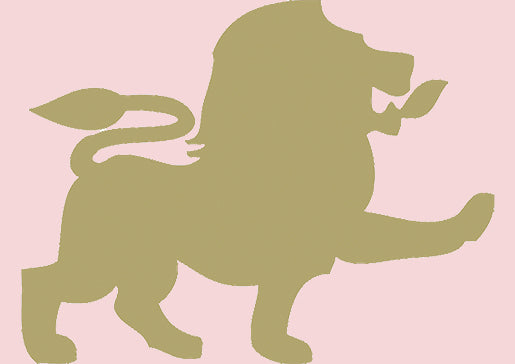..."In the Inca civilization of Peru, gold was considered the sweat of the sun god Inti and so was used to manufacture all manner of objects of religious significance, especially masks and sun disks. In ancient Colombia gold was similarly revered for its luster and association with the sun and in powdered form was used to cover the body of the future king in a lavish coronation ceremony which gave rise to the legend of El Dorado.
As a decorative covering, gold plate and gold leaf (gold beaten into extremely thin sheets) have been used to decorate shrines, temples, tombs, sarcophagi, statues, ornamental weapons and armor, ceramics, glassware and jewelery since Egyptian times. Perhaps the most famous example of gold leaf from antiquity is the death mask of King Tutankhamun.
Gold, with its malleability and incorruptibility, has also been used in dental work for over 3000 years. The Etruscans in the 7th century BCE used gold wire to fix in place substitute animal teeth. As thread, gold was also woven into fabrics. Gold has also been used in medicine, for example, Pliny in the 1st century BCE suggests gold should be applied to wounds as a defence to ‘magic potions’...." By MARK CARTWRIGHT (Gold in Antiquity)..(More)
___________________________________

"In the mythology / religious belief system of the Incas, Inti was the god of the Sun, and one of the most important deities in the Inca pantheon. As a solar deity, Inti is closely associated with agriculture, as this heavenly body provides the warmth and light needed for crops to grow..." More

